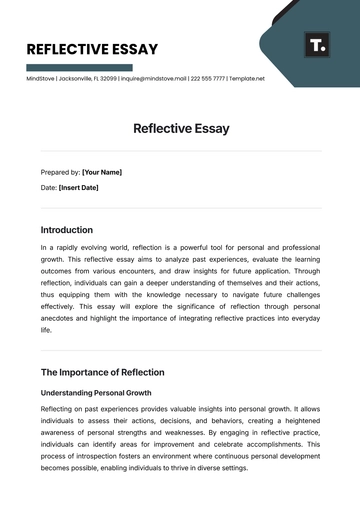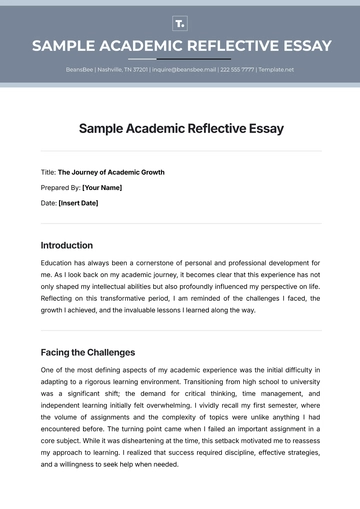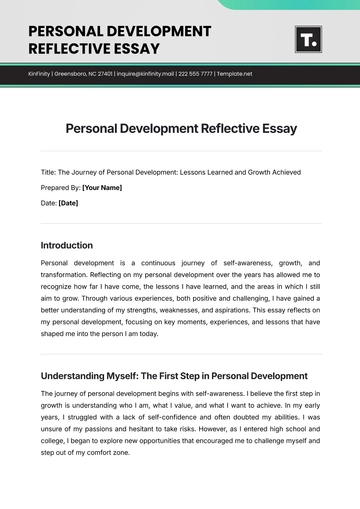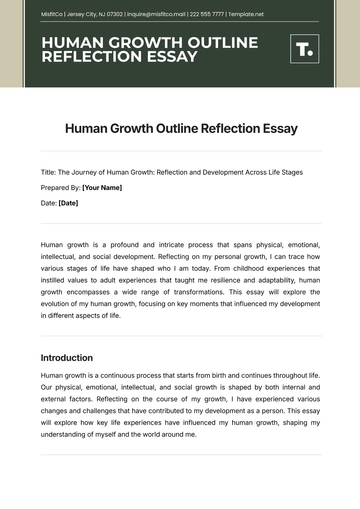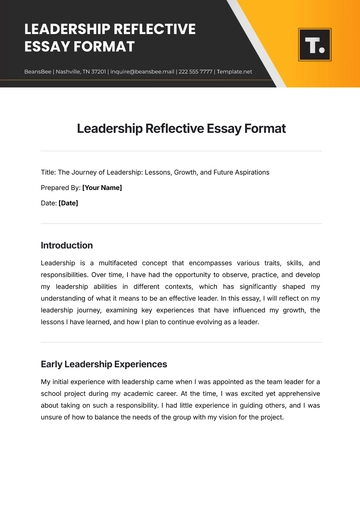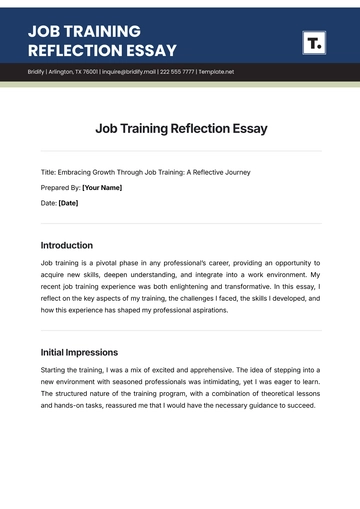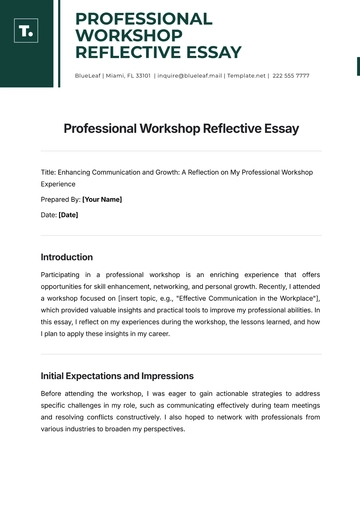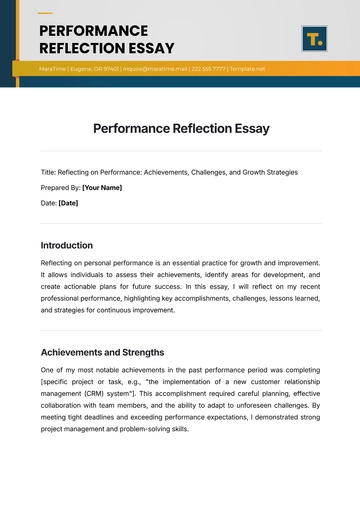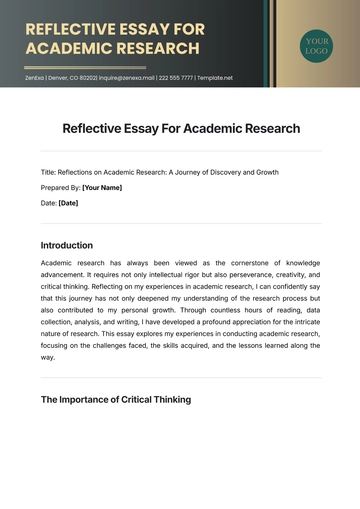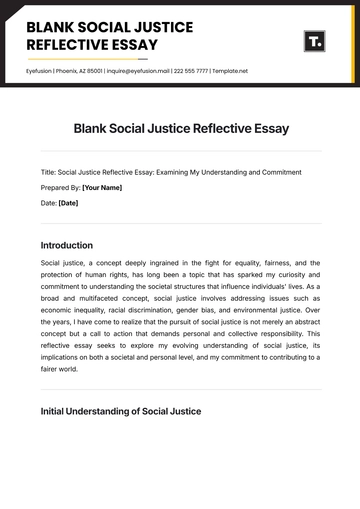Academic Essay for Business Studies
Written By: [Your Name]
Introduction
Effective leadership is pivotal to business success. This essay explores various leadership styles, their impact on organizational performance, and the significance of effective communication within a business setting. We will delve into transformational leadership, transactional leadership, and situational leadership, analyzing each style's strengths and limitations. Finally, we will discuss how leaders can leverage communication to foster a productive work environment.
Main Point 1: Transformational Leadership
Transformational leadership involves inspiring and motivating employees to exceed their self-interests for the sake of the organization. This style is characterized by four key components: idealized influence, inspirational motivation, intellectual stimulation, and individualized consideration (Northouse, 2050). Transformational leaders create a vision and inspire their followers to pursue it passionately, leading to increased employee satisfaction and better performance outcomes (Judge & Piccolo, 2050).
Main Point 2: Transactional Leadership
Transactional leadership focuses on the exchanges that occur between leaders and their followers. Leaders using this style provide clear instructions and expectations and reward achievement while disciplining non-compliance. Though often considered less inspiring than transformational leadership, it is highly effective in well-structured environments where tasks and routines are standardized (Bass, 2050). However, it may not leverage the full potential of employees' creativity and innovation (Burns, 2050).
Main Point 3: Situational Leadership
Situational leadership argues that no single leadership style is adequate for all situations. Instead, leaders must adjust their styles based on the context and the readiness level of their followers (Hersey & Blanchard, 2050). By assessing the needs of their team, leaders can choose to be more directive or supportive as the situation requires. This adaptability is crucial for navigating the dynamic and often unpredictable nature of business environments (Graeff, 2050).
Conclusion
An effective leader in business management must understand and integrate different leadership styles, adapting them to fit specific contexts. Transformational leadership drives innovation and morale, transactional leadership brings structure and efficiency, and situational leadership provides flexibility. Beyond these styles, mastering effective communication is an essential aspect of leading successfully. Leaders who can articulate their vision clearly and foster open lines of communication will likely create more cohesive and high-performing teams.
Essay Templates @ Template.net

